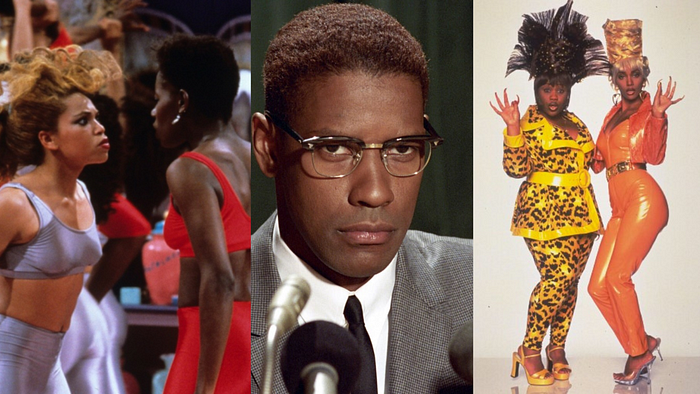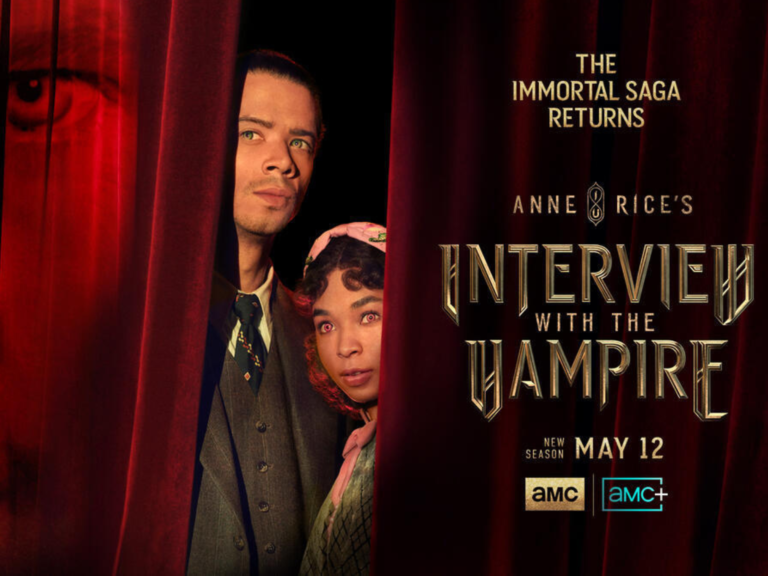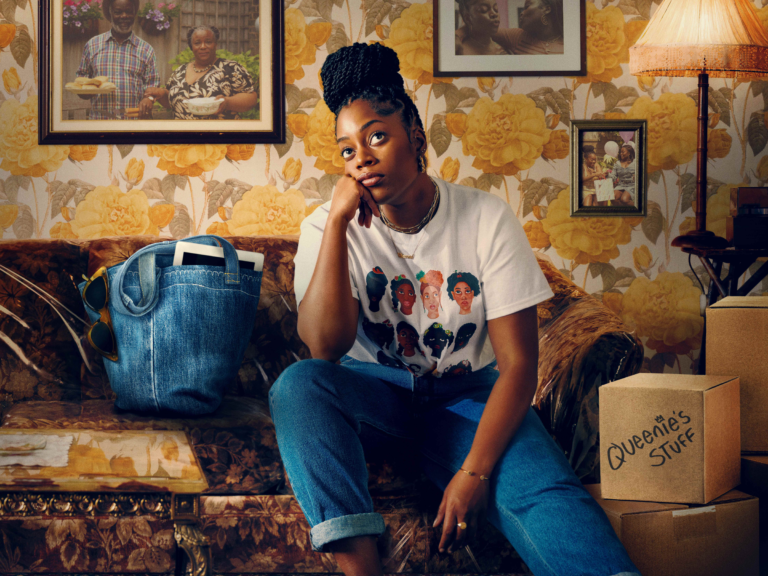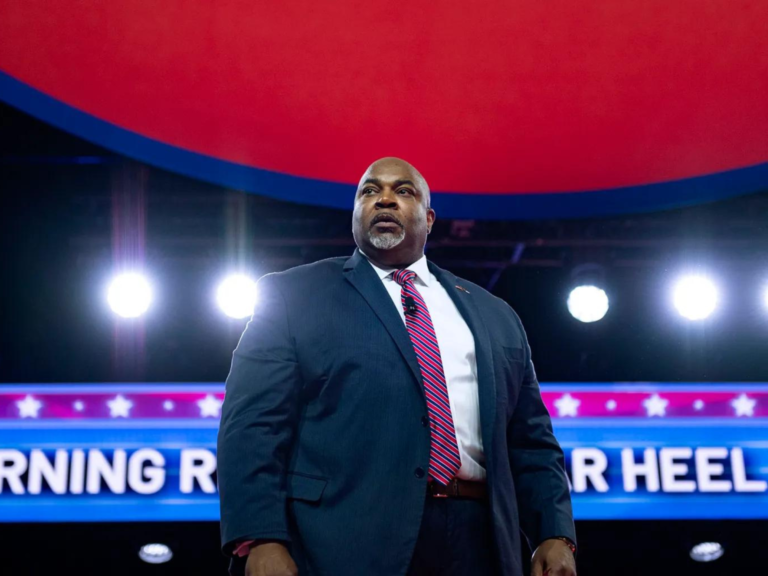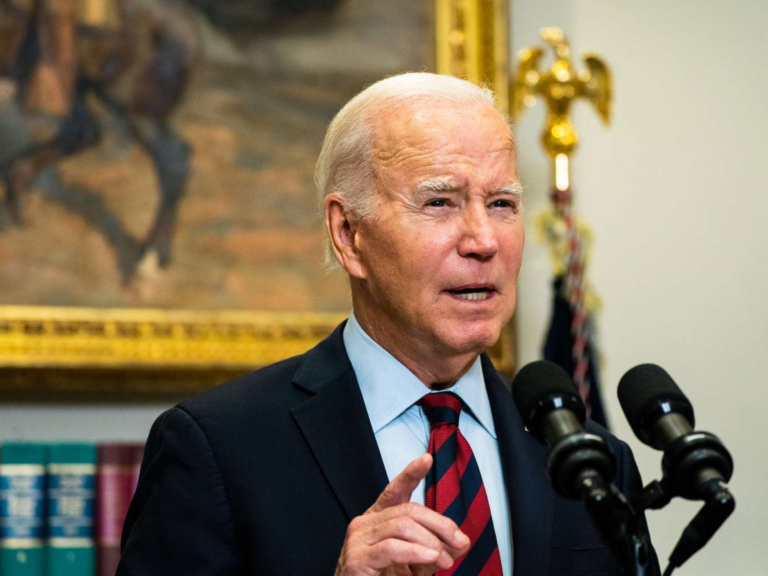In 2019, legendary costume designer Ruth E. Carter won her first Oscar for costume design for the film “Black Panther.” Not only is this a milestone for the famed costume designer but for African-American costume designers all over the world. Her win made her the first Black woman to ever win an Oscar in the Best Costume Design category at the Academy Awards.
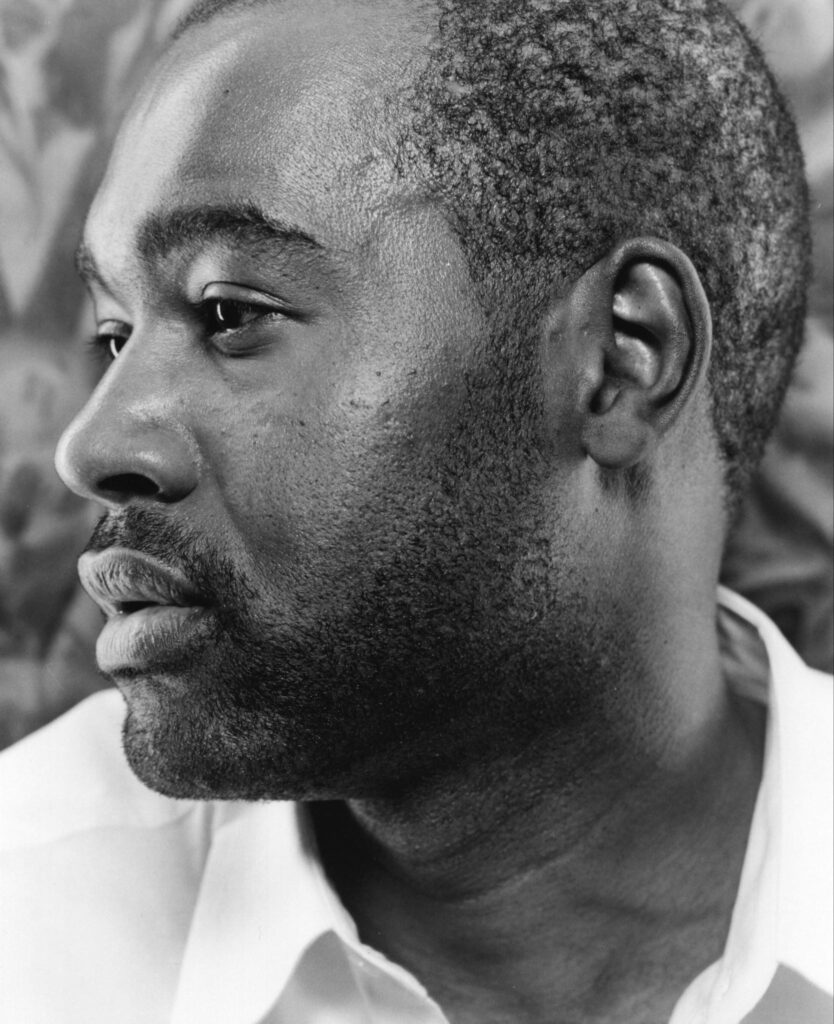
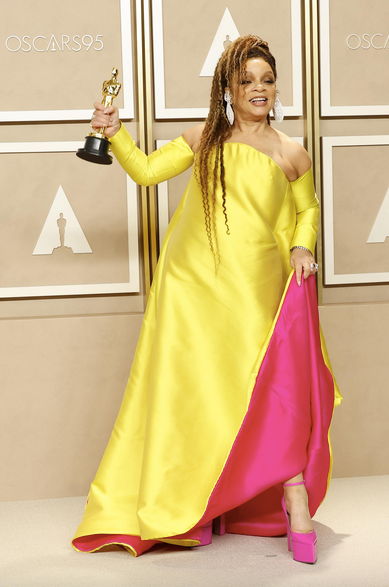
Emilio Sosa, Tony Award-Nominated Costume Designer, Ruth E. Carter, Two-Time Academy Award-Winning Costume Designer
While we all know there are many iconic moments of Black fashion within films, this was the first time it was recognized on a major level. Even after Ruth Carter’s second win at this year’s Academy Awards for “Wakanda Forever,” it’s necessary to highlight the fashion found in Black films and television shows. With the success of Ruth E. Carter, there are now other talented Black costume designers making huge waves in the Hollywood scene.
With new talent such as Charlese Antoinette Jones who is best known for designing for “Judas and the Black Messiah” and “I Wanna Dance with Somebody” or Derica Cole Washington who designed for both films and television shows such as “Zola” and Lena Waithe’s “Twenties” and even Dominique Dawson, the costume designer behind one of the most talked about tv shows this year “Swarm,” Black fashion and Black film is having a moment.
From the curve hugging pencil skirt and blooming red rose in Dorothy Dandridge’s hair in “Carmen Jones,” to the quirky but stylish fashion featured on the instant classic “Insecure,” Black films have set the standard of style.
1940’s — 1960’s Racism, Segregation in the Industry
In the 1940’s and 1950’s, all Black ensemble casts were starting to make waves in Hollywood, but it was still difficult for African-Americans to secure a job as an on screen performer. It was even harder for Black background workers. There were many films with prominent Black actors and actresses such as 1954’s “Carmen Jones,” 1943’s “Stormy Weather” or even 1968’s “Julia,” though these productions were costumed by white designers.
“For all my life I have loved the stories of my people from getting on a Greyhound bus with my mother going down South to visit my relatives. Those stories impacted me” — Ruth E. Carter
WATCH THIS!
Carmen Jones
Stormy Weather
Julia TV Series

Blaxploitation + The 70s Stereotypes, Black Power, & Unapologetic Blackness
The Blaxploitation film era came to be in the 1970’s and was a response to the negative images of African-Americans in film and on stage during the 1940’s and 1950’s. While the genre started off as a criticism of Black caricatures created by white productions, it exploded into an exaggerated, camp-filled outlet for Black talent on and off the screen. Stand out films of this era were “Cleopatra Jones” designed by Italian fashion designer Giorgio di Sant’Angelo, 1974’s “Foxy Brown” designed by African-American designer Ruth West and “Mahogany” (1975) not only starring Diana Ross but was also designed by The Supreme herself.
“To be honest, we wanted to put out stories that represented the people we know and the look that we knew that we were not seeing on screen from Hollywood” says Ruth E. Carter
“I wake up in the skin I was born in so that influences the music that I heard growing up or the music that I hear now, the art that I grew up with, the influences all of that carries with me”. — Emilio Sosa
WATCH THIS!
Cleopatra Jones
Foxy Brown
Mahogany

1980s + 2000s Black Excellence, Groundbreaking New Narratives
Costume design within film and TV became more inclusive as Black films and productions became more prominent. In 1988, “School Daze” was released and was designed by Ruth E. Carter. Her resume would continue to grow, designing films such as 1992’s “Malcolm X” and 1997’s “B.A.P.S.” Film wasn’t the only place Black fashion was reigning supreme, as TV had become a haven for Black productions and Black costume designers. Case in point, A Different World (1987–1993) designed by Ceci and UPN’s hit TV show Girlfriends (2000) costumed by Stacy Beverly.
“It’s about being your authentic self and not being afraid or ashamed to be who you are. Sometimes it takes 50 years to be accepted like hip-hop was but if you love what you do you’ll just stick with it and eventually people will get it and if they don’t it does not diminish your art form” stated Emilo Sosa
“I wanted my work to be impactful. I didn’t do any films that didn’t have a connection for me that I hoped would be felt by others. When I look back at the work I did, I felt like I was carrying the culture forward” says Ruth E. Cater
WATCH THIS
School Daze
Malcolm X
B.A.P.S
A Different World
Girlfriends


2010’s — Present New Frontiers, New Stories, Old Stories
In the present we have many examples of amazing representations for Black fashion in film and TV through costume designers. HBO’s hit show “Insecure” (2016–2021) was designed by two talented Black designers, Ayanna James Kimani (2016–2018) and Shiona Turini (2018 -2021). Other examples would be 2019’s “Queen and Slim” designed by Shiona Turini and Amazon Prime’s “Harlem” designed by Deirdra Elizabeth Govan. Of course, the biggest example we have today would be 2018’s “Black Panther” designed by Ruth E. Carter.
“I feel like we are inspiring people with Black Panther. There is this whole zeitgeist that has shifted since Black Panther came out and the beauty of doing something with intention that it does touch people in so many beautiful ways” says Ruth E. Carter.
“People of color, we really drive pop culture in the world. Now, our culture is what they’re trying to learn and pick up on. That’s why we’re getting more opportunities because they don’t know it” says Emilio Sosa
WATCH THIS!
Insecure
Queen & Slim
Harlem
Black Panther
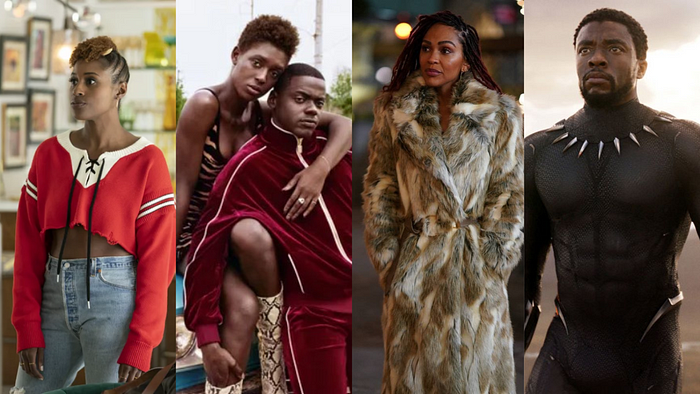
Broadway — (At Last, Flowers)
While we are still pushing for diversity within the space of film and TV, that same fight is happening on stage for Broadway. Of course, they’re figures in Broadway that have paved the way for Black designers such as Paul Tazewell, Emilio Sosa and Judy Dearing, but there is still a lack of diversity when it comes to backstage crew on Broadway and beyond.
“We need more people of color to invest in the arts. There are a million sports camps but we also need more arts camps for students to develop their craft with their own community and not have to go outside the community to find acceptance” said Emilio Sosa
SEE THIS!
Porgy and Bess
Lady Day


